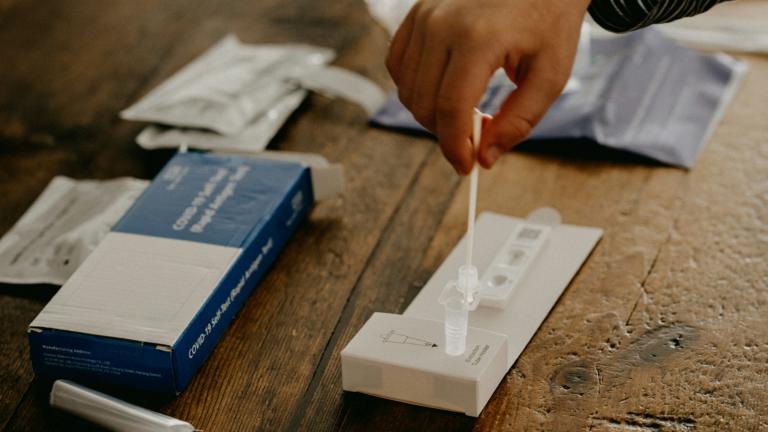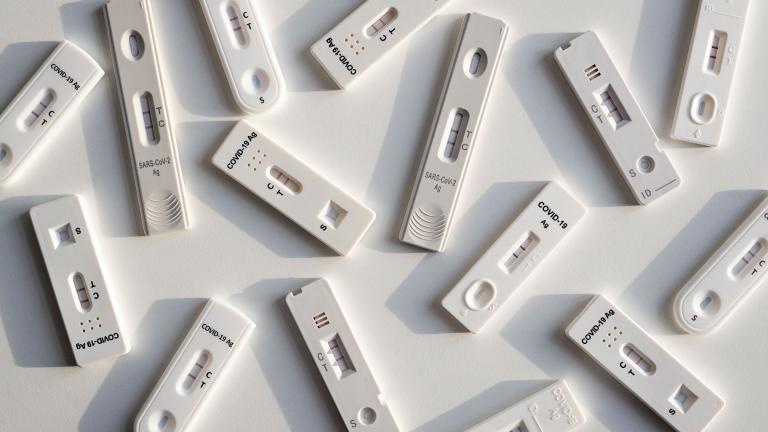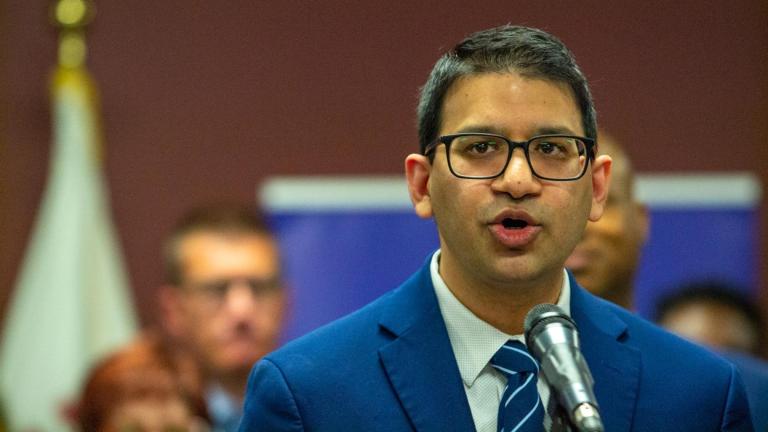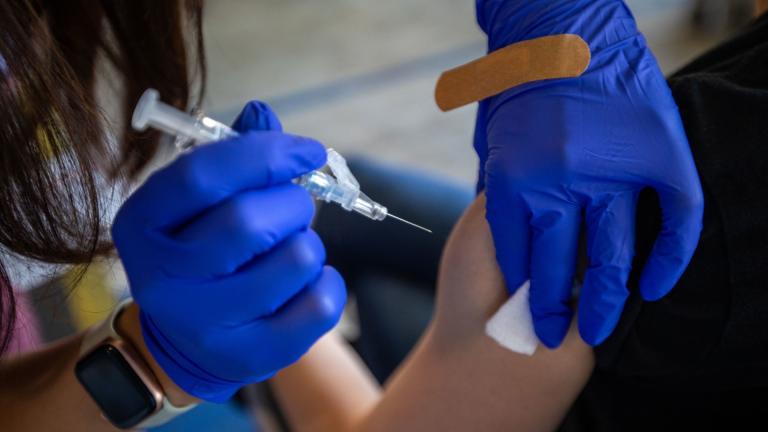Health care workers have been among the first residents of Illinois to receive the COVID-19 vaccine.
As front-line workers, many have feared contracting the potentially deadly virus or unknowingly transmitting it to their families and communities.
Now, some of those concerns may be subsiding.
“That’s been the element of fatigue here. We’ve been worried now for nine months or more, really,” said Dr. Meeta Shah of Rush University Medical Center’s emergency department. She received the Pfizer vaccine on Dec. 18.
“That worry can become a real burden mentally, physically,” Shah said. “I have a family of my own. I have elderly parents with comorbidities … It’s been a real burden thinking about what impact you can have on someone else’s life and not wanting to bring that virus into somebody else’s life unintentionally.”
She said the vaccine is providing some relief from those fears.
Dr. Michael Hoffman, lead physician for Cook County Health’s COVID-19 units, also got the Pfizer vaccine in December.
“There were a whole range of emotions that came about when it was time to get the first dose of the vaccine,” Hoffman said. “It was exactly nine months to the day from when I helped to open the first COVID unit in the hospital that I received my first dose of vaccine. There’s definitely a bit of hope and a bit of relief on the horizon.”
Some Americans appear hesitant to get one of the new coronavirus vaccines, though Hoffman hopes people will sign up to get it when it’s available to them.
“The evidence is there that this is a very, very safe vaccine. It’s also very effective,” Hoffman said. “We know that we need this herd immunity to really get beyond this pandemic.”
Both Hoffman and Shah are set to get their second doses of the vaccine this week.
But vaccination doesn’t mean physicians — or anyone else — can throw caution to the wind. Wearing the appropriate personal protective equipment, social distancing and wearing a mask are still necessary to contain the virus, Shah said — especially with a new, more contagious strain reaching the U.S.
“The amount of vaccine that has been distributed thus far is just not enough to control what’s happening,” Shah said. “We have to continue doing what we are doing. It’s not the silver bullet. What is the solution here is not just the vaccine but everything else we’ve been doing.”








